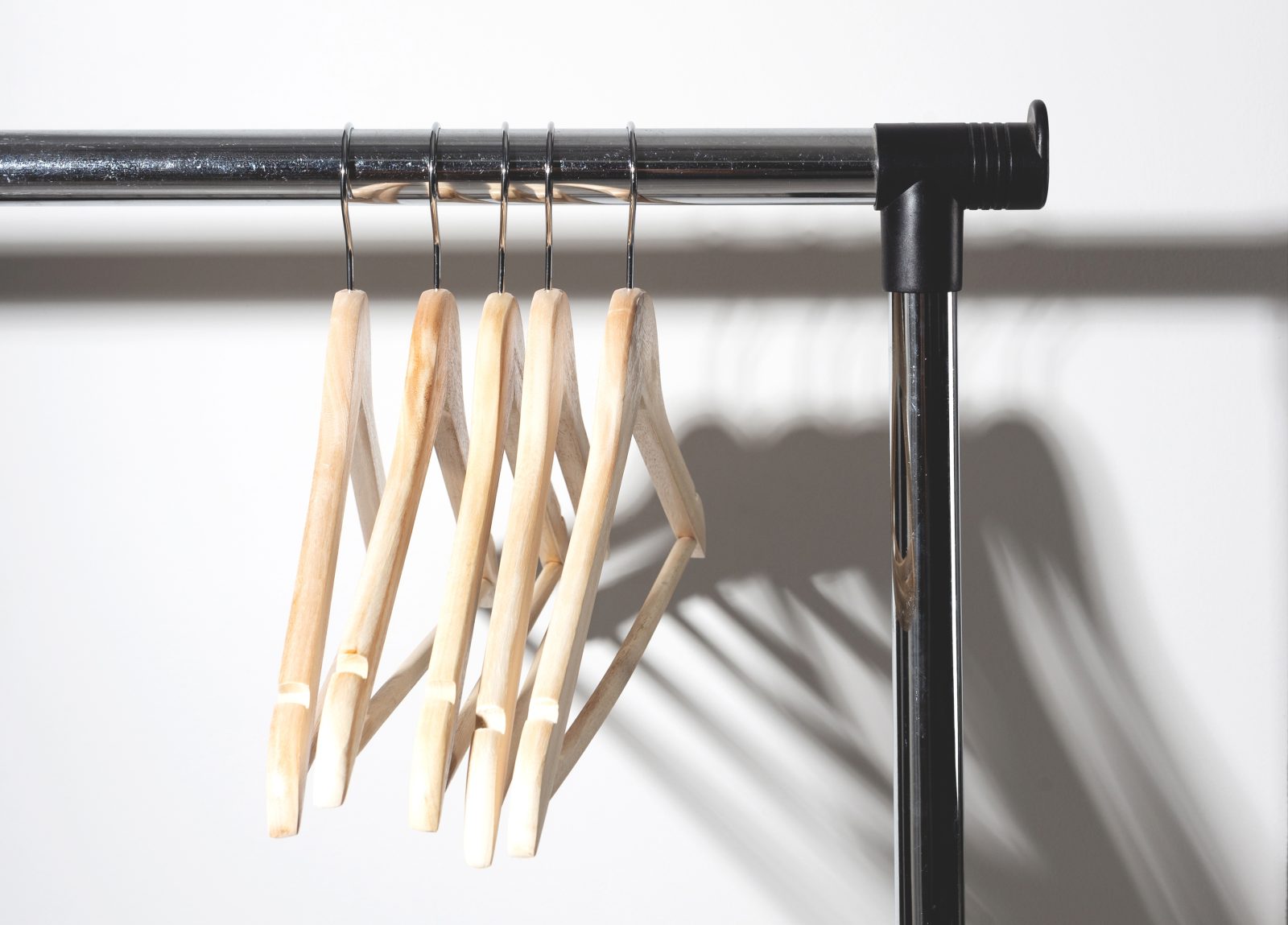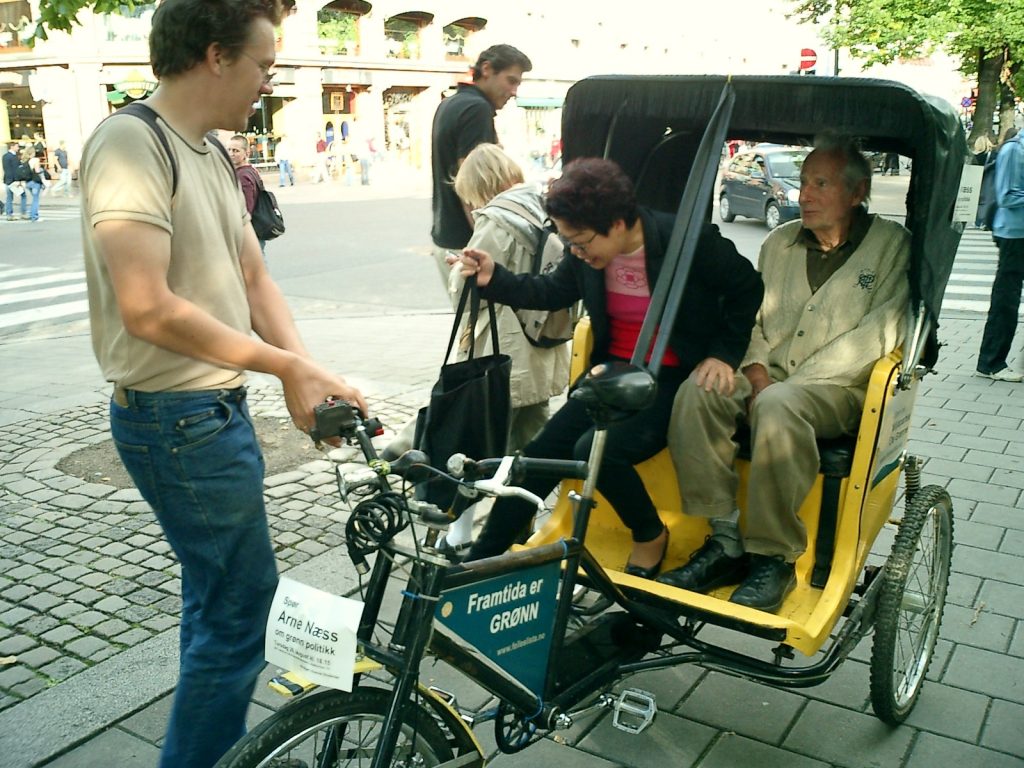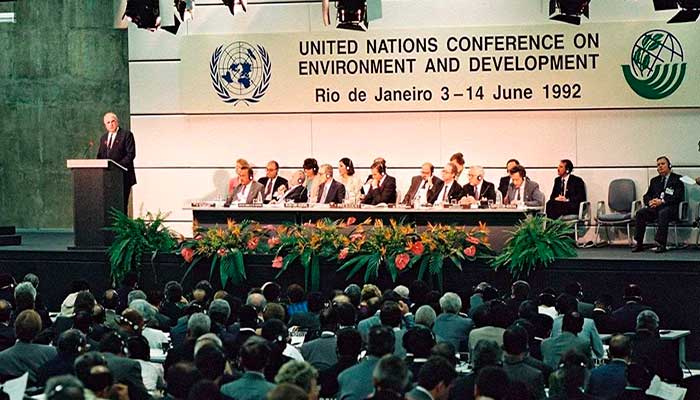Slowing Down Fashion to Save the Earth

|
Getting your Trinity Audio player ready... |
Every five days, Americans buy new clothes. Call it consumerism, retail therapy—but let’s call it what it is: a problem. A big, landfill-sized problem. For every five garments produced, three never even get worn before they’re tossed aside. This isn’t just a spring cleaning spree; it’s an environmental crisis wrapped in trendy packaging.
So, what’s the solution? Enter sustainable fashion—the movement here to ensure your outfit is fabulous and friendly to Mother Earth. It’s not about wearing potato sacks or giving up style. It’s about making more thoughtful, slower, and more conscious choices.
A Walk Down Fashion’s Memory Lane
Humans and fashion have been intertwined since troglodytes decided bearskins were the rage. As society evolved, so did our wardrobes. Makeup, jewelry, perfumes, gems, fabrics—our obsession with looking good grew faster than a Black Friday checkout line. But our desire to dazzle started to damage the planet somewhere along the way.

The seeds of sustainable fashion took root back in the 1960s. Environmentalist Rachel Carson’s groundbreaking book Silent Spring exposed the dirty truth about chemicals polluting our world. The message? Our love for progress was poisoning the planet. The fashion industry, with its dyes, fibers, and endless production, was no exception.
Enter thinkers like Arne Naess, the Norwegian philosopher who coined “deep ecology.” His philosophy was simple: We must respect nature, not just use it. By the late 20th century, companies like Patagonia and ESPRIT realized the ugly side of beautiful clothes. Founders Yvon Chouinard and Doug Tompkins saw that endless consumption wasn’t sustainable. They asked, “What’s in our clothes, and what’s it doing to the environment?”

The Earth Summit and Green Epiphanies
In 1992, the United Nations Conference on Environment and Development (better known as the Earth Summit) convened in Rio de Janeiro, and it wasn’t just another bureaucratic meeting with endless coffee breaks. It was a global wake-up call when the world collectively realized we were skating on thin environmental ice. Suddenly, “green concerns” weren’t just for tree-huggers or tie-dye enthusiasts; they were survival strategies for everyone who cared about breathing clean air, drinking clean water, and not living on a smoldering planet.

This was a turning point when even the fashion industry had to look itself in the mirror and ask, “Are we the problem?” Spoiler alert: Yes, they were.
Visionaries like Victor Papanek were ahead of the curve, passionately advocating for a design that was not just functional but also socially and environmentally responsible. His book Design for the Real World became a manifesto for eco-conscious creators. Meanwhile, thinkers like Fritjof Capra took the stage, emphasizing that everything—from our gadgets to our garments—needed to be created in harmony with nature.
Then came writers like Ernest Callenbach, whose book Ecotopia wasn’t just science fiction but a blueprint for a greener society. Callenbach imagined a world where sustainability was baked into daily life, not tacked on as an afterthought. Even feminist icons like Carol Gilligan and Vandana Shiva connected the dots between environmental ethics and social justice, highlighting how the exploitation of nature often mirrored the exploitation of marginalized communities.
![]() The message was bold and clear as a neon sign: Fashion isn’t just about looking good—it has to do good. The Earth Summit planted seeds of change, which have since grown into a global movement. Whether it liked it or not, the fashion industry had to reconsider its love affair with overproduction, waste, and pollution. After all, there’s no point in having the hottest runway show if the runway itself is underwater.
The message was bold and clear as a neon sign: Fashion isn’t just about looking good—it has to do good. The Earth Summit planted seeds of change, which have since grown into a global movement. Whether it liked it or not, the fashion industry had to reconsider its love affair with overproduction, waste, and pollution. After all, there’s no point in having the hottest runway show if the runway itself is underwater.
Fast Fashion: The Villain in Your Closet
Fast forward to today, and fast fashion has become the Voldemort of the clothing industry—dark, destructive, and somehow still thriving. It’s cheap, it’s trendy, and it’s practically everywhere. Stores churn out new collections faster than you can say, “Is this on sale?” But while your closet might be bursting with bargain finds, the planet is paying the ultimate price.
Let’s talk numbers. The fashion industry pumps out billions of garments annually—an endless stream of clothes flooding stores, warehouses, and our closets. That’s not fashion—it’s an avalanche. Picture a mountain of fabric the size of Everest. Still, instead of climbers, it’s soaked in rivers of toxic dye, surrounded by exhausted factory workers, and topped with piles of discarded clothing no one ever wore. It’s a crisis in stitches and anything but a pretty picture.
 And the environmental cost? Brace yourself. A single pair of cotton jeans drinks up to 15,000 gallons of water during production. That’s enough to keep you hydrated for a decade or fill a swimming pool. And that water doesn’t just disappear; it returns to the environment laced with pesticides, dyes, and chemicals. The once-thriving rivers of China, India, and Bangladesh have morphed into toxic sludge pools, thanks to our relentless demand for cheap denim.
And the environmental cost? Brace yourself. A single pair of cotton jeans drinks up to 15,000 gallons of water during production. That’s enough to keep you hydrated for a decade or fill a swimming pool. And that water doesn’t just disappear; it returns to the environment laced with pesticides, dyes, and chemicals. The once-thriving rivers of China, India, and Bangladesh have morphed into toxic sludge pools, thanks to our relentless demand for cheap denim.
But wait, there’s more! Have you ever heard of microfibers? These tiny plastic strands shed from synthetic clothes every time you do laundry. They slip past wastewater treatment plants and enter rivers, oceans, and even the fish we eat. So the next time you’re enjoying sushi, remember that spicy tuna roll might come with an unwanted side of polyester. Delicious.
 And here’s the kicker: Fast fashion doesn’t just exploit the environment; it exploits people. Those $5 t-shirts? They’re stitched together by workers earning pennies in hazardous conditions. We’re talking 14-hour shifts, no breaks, and wages barely covering a meal. The garment industry has turned entire communities into collateral damage, leaving workers with little choice but to endure exploitation or starve.
And here’s the kicker: Fast fashion doesn’t just exploit the environment; it exploits people. Those $5 t-shirts? They’re stitched together by workers earning pennies in hazardous conditions. We’re talking 14-hour shifts, no breaks, and wages barely covering a meal. The garment industry has turned entire communities into collateral damage, leaving workers with little choice but to endure exploitation or starve.
Yet, the cycle continues. Why? Because fast fashion is built on a simple, sinister premise: make clothes so cheap and trendy that we can’t resist. But the actual cost isn’t reflected in the price tag. It’s in the polluted rivers, the landfills brimming with last season’s trends, and the lives impacted by unethical production.
But here’s the good news: we don’t have to accept this. The rise of slow fashion offers an antidote. By choosing quality over quantity, we can break the cycle. Buy clothes that last, support ethical brands, and think twice before grabbing that $3 crop top that’ll fall apart after two washes.
Fast fashion may be the villain, but remember: every great villain has a hero who rises to the challenge. That hero could be you—one conscious choice at a time.

Slow Fashion: The Superhero We Need
But there’s hope! The slow fashion movement is here to save the day. Coined by Kate Fletcher of the Centre for Sustainable Fashion, slow fashion is about quality over quantity. Think timeless pieces, durable fabrics, and clothes that don’t fall apart after three washes. Slow fashion says: Buy less. Choose better. Love your clothes longer. It’s the antidote to the “wear once, toss away” culture. Instead of 20 cheap T-shirts, how about three high-quality ones that last year? Your wallet, your closet, and the planet will thank you.
Eco-Conscious Fashionistas Unite!
So, what can you do to join the sustainable style revolution? Here are some tips to keep your wardrobe green:
- Follow the 3Rs: Reduce, reuse, recycle. Buy less, repurpose old clothes, and recycle fabric whenever possible.
- Shop Secondhand: Thrift stores, vintage shops, and resale apps are gold mines for unique finds. Plus, you’ll look effortlessly cool.
- Invest in Quality: Choose well-made clothes that stand the test of time. Yes, they cost more upfront but pay off in the long run.
- Support Sustainable Brands: Look for companies prioritizing ethical production, eco-friendly materials, and fair wages. Brands like Patagonia, Reformation, and Stella McCartney are leading the charge.
- Say No to Fast Fashion Temptations: That $5 t-shirt might seem like a steal, but it’s a heist on the environment.
It’s a Collective Effort
Protecting the planet isn’t just for tree-huggers—it’s a responsibility for all of us. From individuals to corporations to governments, we all have a role to play. Campaigns, awareness walks, and eco-friendly initiatives can make a real difference. Governments can crack down on pollution, companies can commit to cleaner practices, and we can all make more intelligent choices. Imagine a world where fashion is sustainable, rivers are clean, and your outfit doesn’t come with a carbon footprint the size of Texas.
Sustainable fashion isn’t a fleeting trend—it’s a movement for survival. Clothes will always be a part of who we are, a form of expression, identity, and even rebellion. But here’s the catch: they don’t have to cost us the Earth.
Every decision you make—picking a thrifted jacket, supporting an ethical brand, or just wearing your clothes a little longer—sends a message. It says, “I care about looking good and doing good.” Imagine a future where your wardrobe isn’t a guilt trip but a badge of pride—a future where every piece of clothing has a story that doesn’t end in a landfill.
By choosing sustainable fashion, we’re not just making a personal choice but joining a global movement. One where style and sustainability strut side by side, turning the runway into a pathway for change. It’s about transforming the fashion industry into one that respects workers, protects the environment, and delivers jaw-dropping outfits.

Think about it: a world where rivers run clear, workers are paid fairly, and your favorite jeans last a decade instead of a season. It’s not just a dream; it’s a possibility—and it starts with us. Every conscious purchase, every recycled garment, every refusal to buy into a fast-fashion frenzy is a stitch in the fabric of a better future.
So next time a fast-fashion bargain tempts you, pause and ask yourself: Does this piece reflect who I want to be and the world I want to live in? True style isn’t just about trends or appearances; it’s about values, choices, and the impact we leave behind. Remember, every garment you buy is a vote for the kind of future you want. True style always stays in fashion. And so does the mission of saving the planet.












